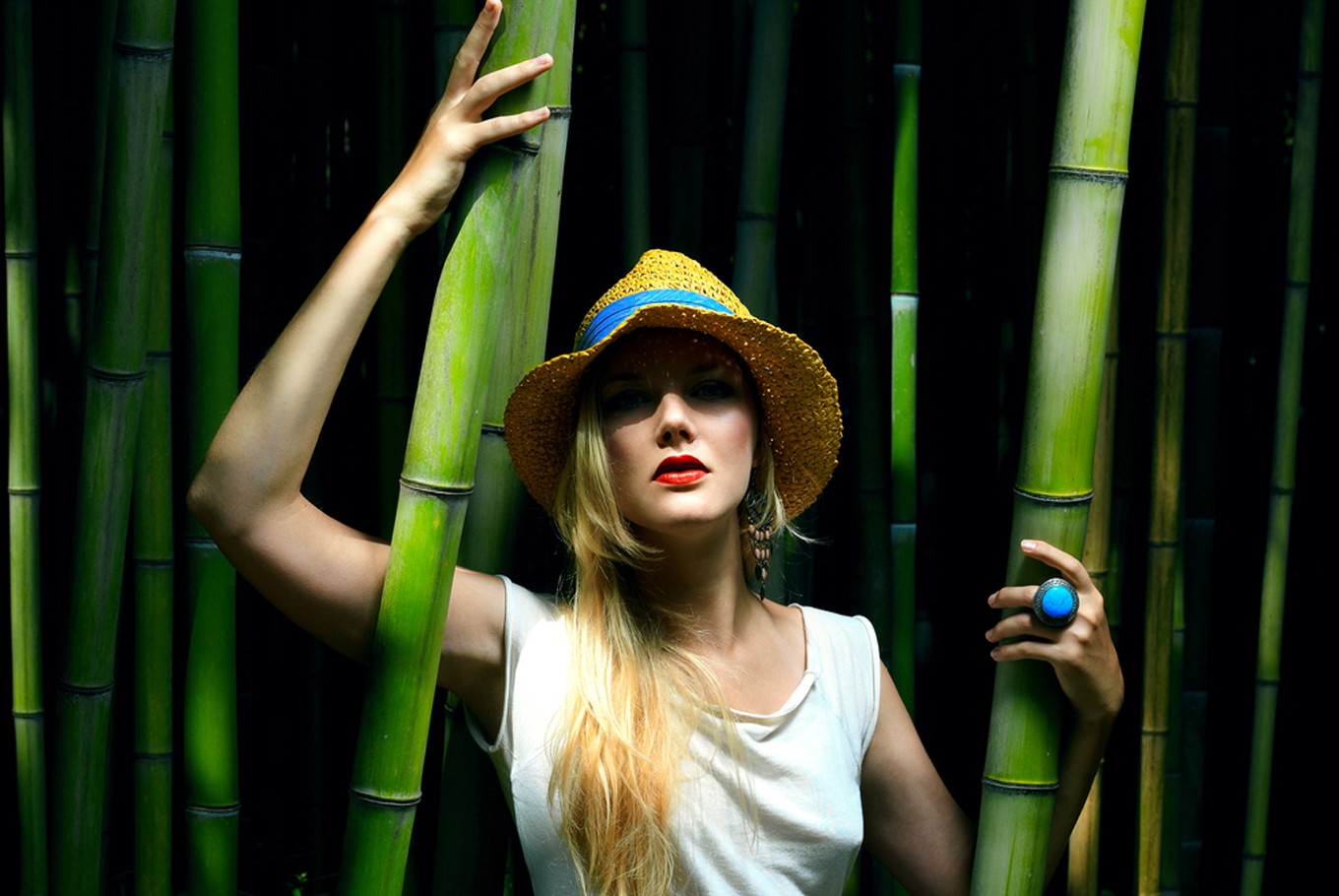Popular Reads
Top Results
Can't find what you're looking for?
View all search resultsPopular Reads
Top Results
Can't find what you're looking for?
View all search resultsEcofashion 101, for a better, more fashionable world
Change text size
Gift Premium Articles
to Anyone
T
he ecofashion movement might sound foreign to some, but it has been around since the 1990s. Ecoconscious designers and industry operators have joined the movement in an attempt to reduce the environmental impact of the fashion industry on the planet. But what is ecofashion, exactly?
We compiled five elements of ecofashion to give you an idea about the movement.
Organic cotton
Activists have raised concerns about the negative impacts of high doses of pesticides on the surrounding environment as well as the quality of life of cotton farmers. Aside from the usage of pesticide, cotton trees are known as “thirsty plants”, which absorb a large amount of water.
About 20,000 liters of water is needed to produce one set of clothes, according to WWF, which, if not handled responsibly, can lead to the destruction of surrounding ecosystems. Therefore, organic cotton is thought to be the answer not only to reducing carbon footprints but also to preserving water and supporting the lives of cotton farmers.
(Read also: Local indie brands to shop for in Bali)
Alternative natural fibers
Aside from organic cotton, ecofashion designers also use fabrics made from other natural materials for their collections. Most of their love goes to bamboo, which, unlike cotton, grows naturally. To grow, bamboo does not need a lot of water and it can multiply quickly. Many designers also opt for birch tree fiber, hemp, soy and eucalyptus.
Natural dye
Coloring agents contain dangerous chemicals that can pollute rivers, oceans and even groundwater. In some countries where government regulations remain weak, industrial coloring factories are located around residential complexes and produce waste that may harm residents.
As coloring has been cited as one of the culprits in the industry, some operators have turned to natural dyes to color their textiles. These natural colors are made from plants such as indigo leaves for blue, turmeric for yellow and the bark of the secang tree to get red.
(Read also: Eco-friendly batik developed in Surakarta to reduce river pollution)
Fair trade
Ecofashion producers are not only concerned about environmental aspects but also care about the lives of the workers who make the clothes. They support fair trade and sustainability to improve the livelihoods of workers, and ensure there are no children involved in the production process.
Light and sweat-absorbing
Unlike clothing made from synthetic fibers, fabrics made from natural fiber can absorb sweat better and are soft on the skin, which is suitable for people living in tropical climates. For winter clothes, most designers use organic cotton, naturally-dyed wool and end-roll fabrics for their collections. (asw)











